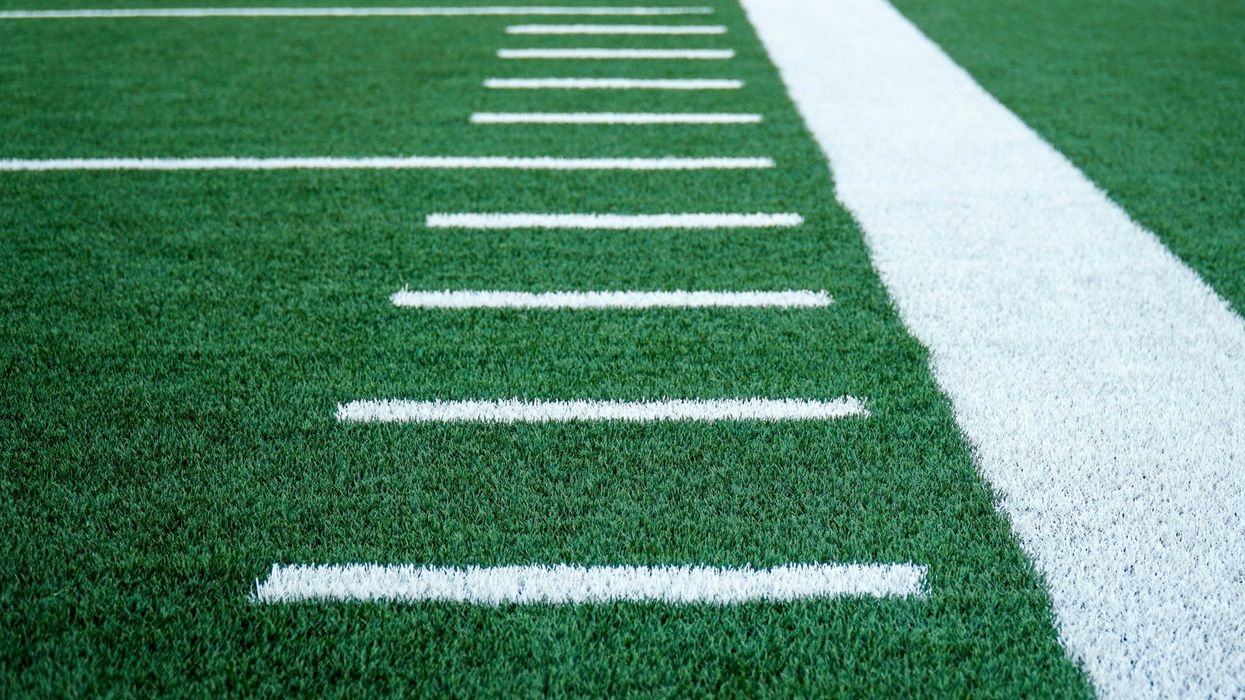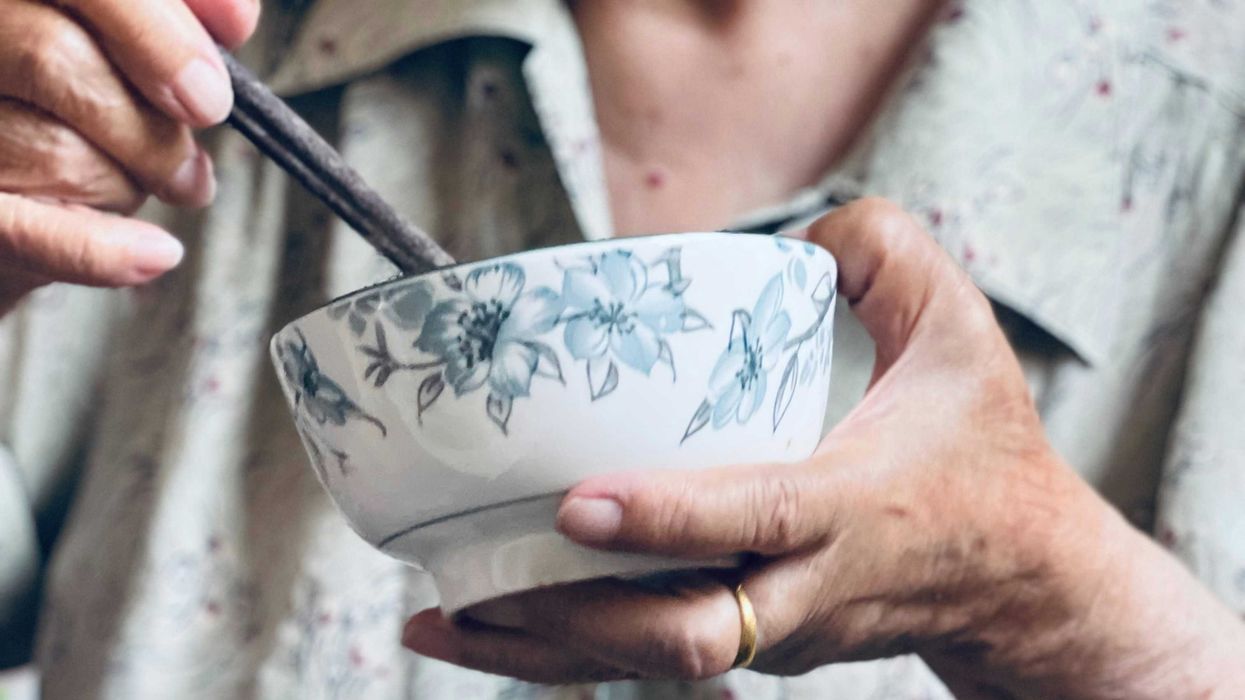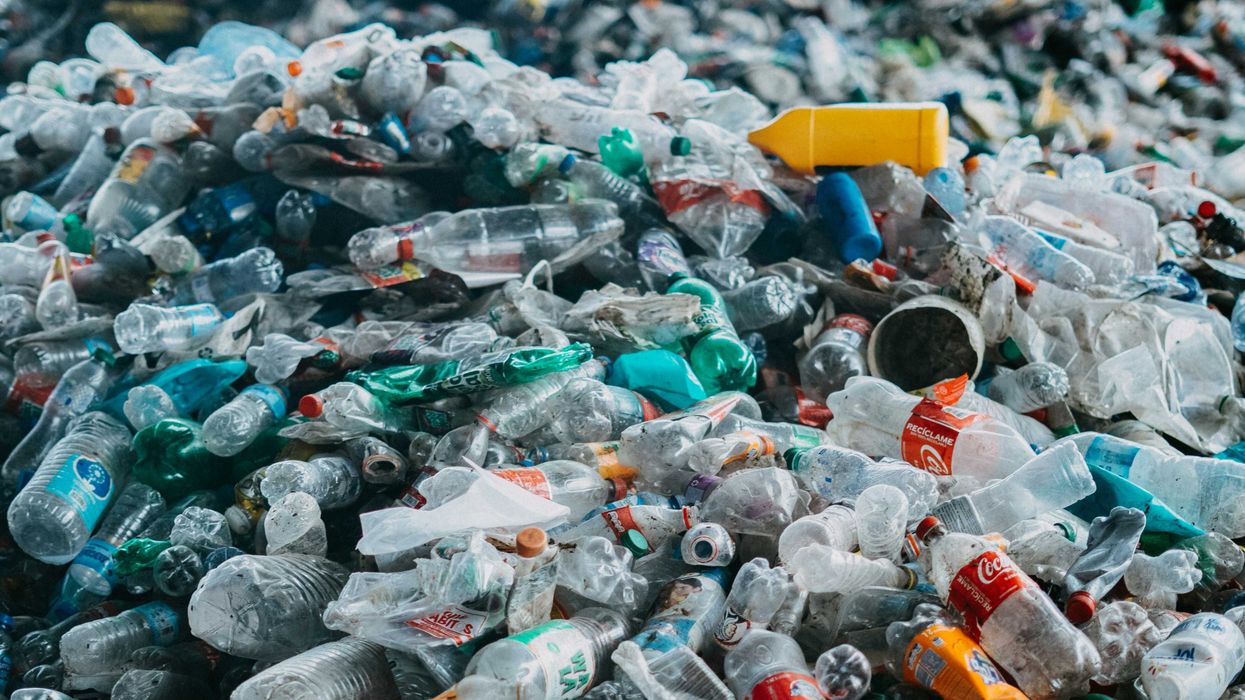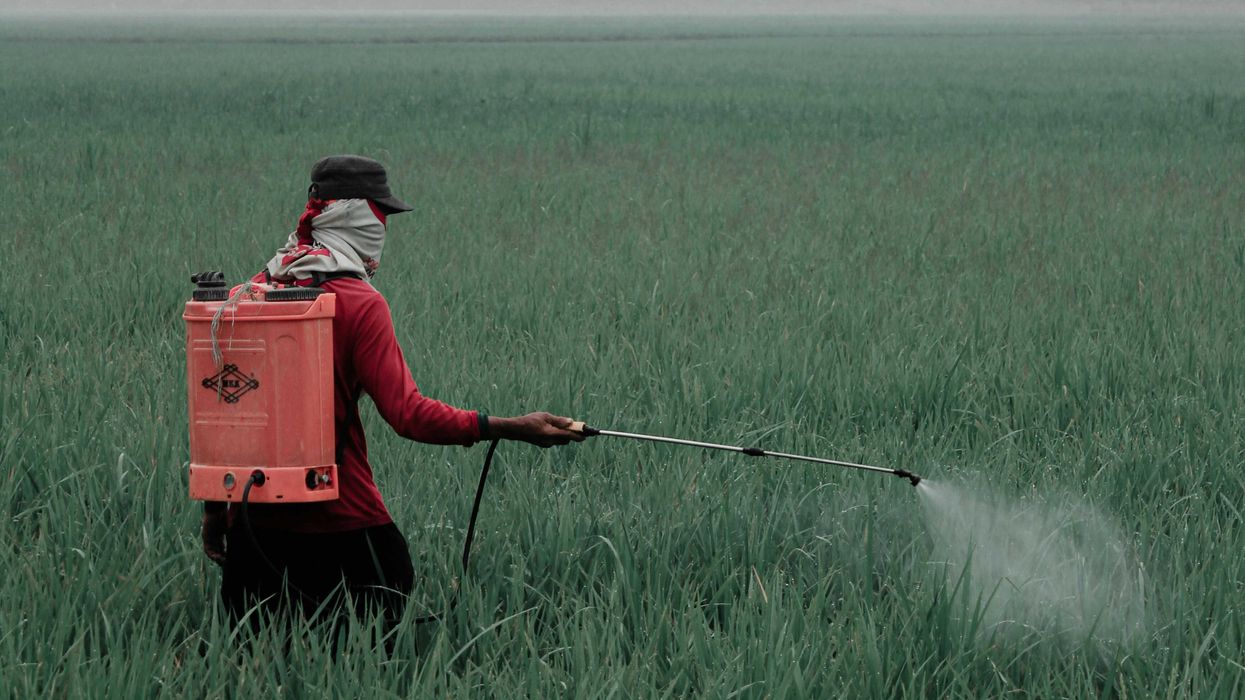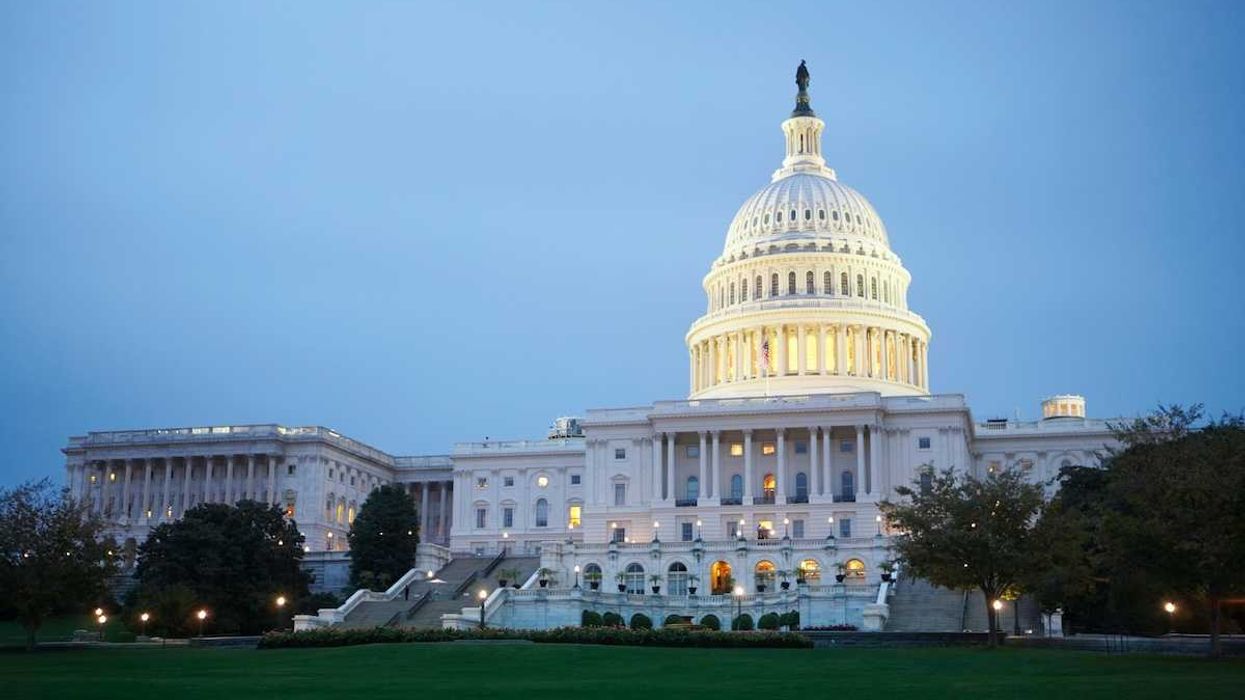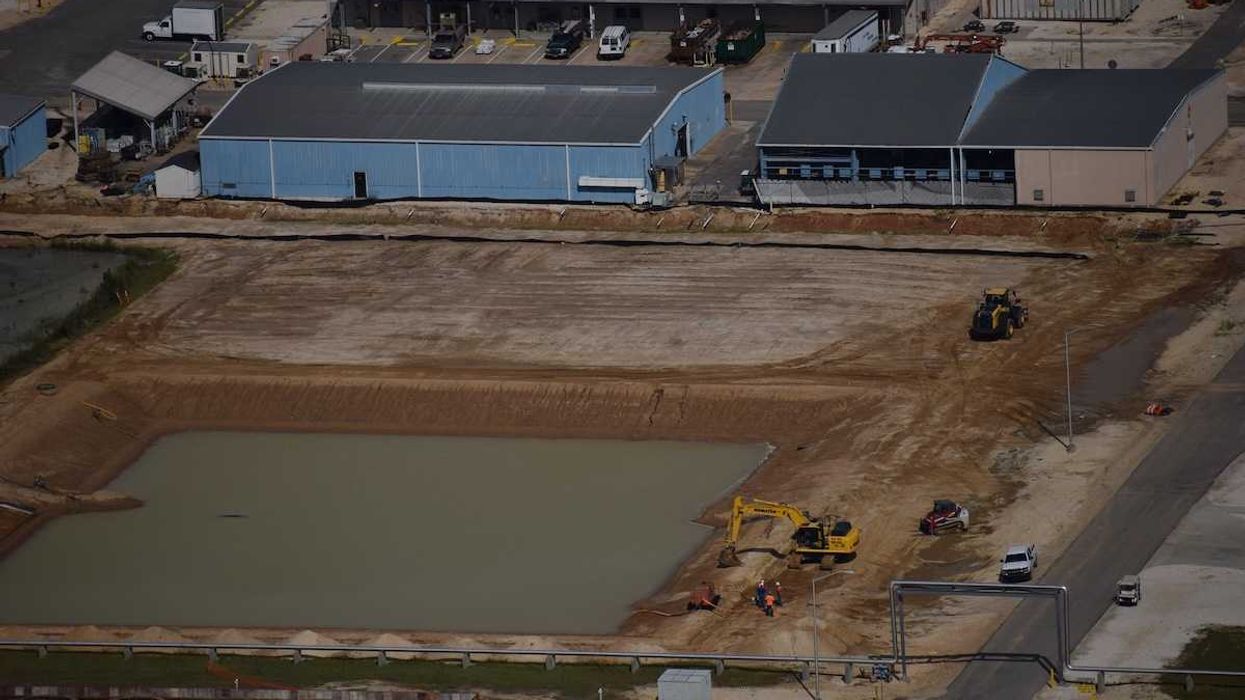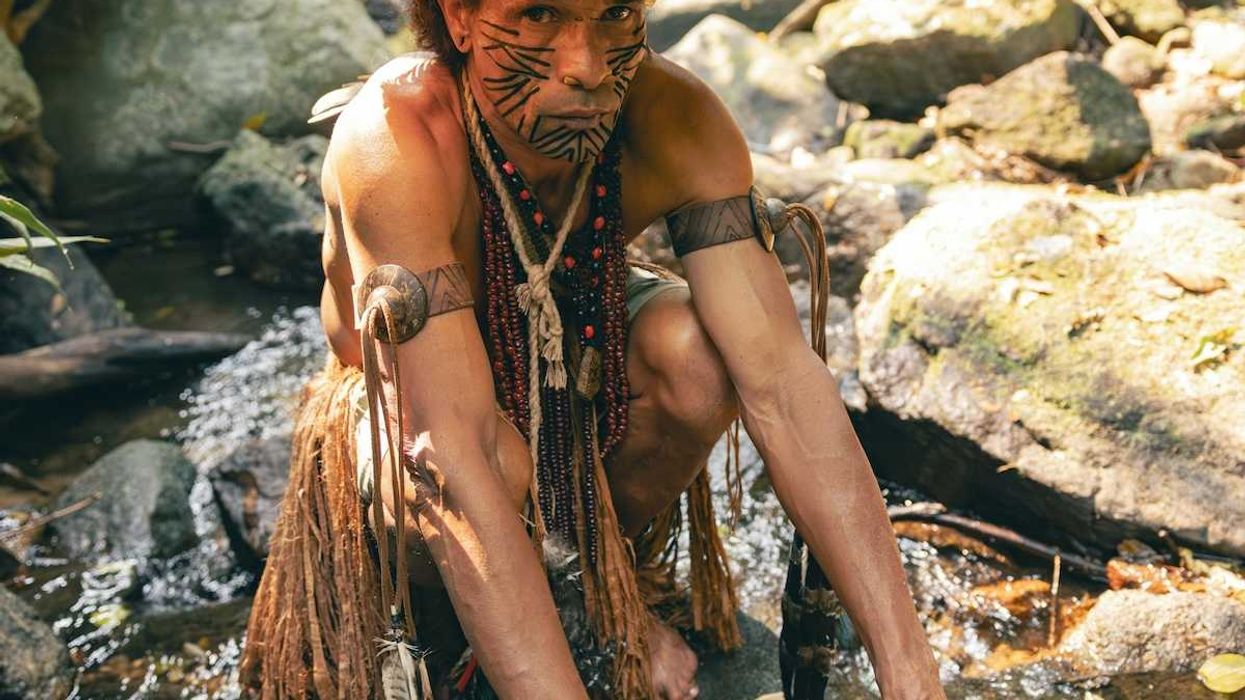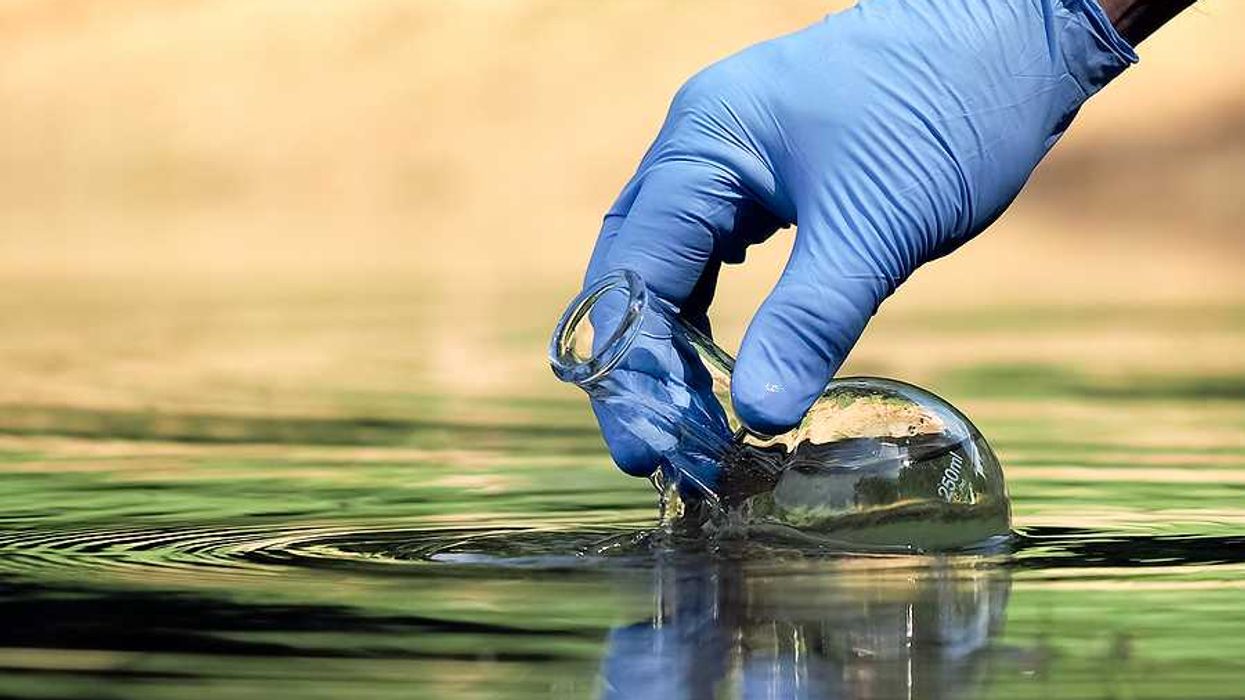White stork chicks in southern Portugal are being killed or maimed by plastic baler twine woven into nests, as scientists uncover a hidden global threat to birds.
Aisling Irwin reports for The Guardian.
In short:
- Ecologists inspecting 600 white stork nests found plastic in 90% and entangled chicks in over a quarter of those climbed into, with baler twine responsible for most injuries.
- The chicks often die from strangulation, amputation, or infection; weekly inspections revealed far more cases than previously estimated by other studies.
- Researchers and wildlife biologists in the US, UK, and Argentina report similar problems among ospreys, caracaras, and other species, indicating a global pattern.
Key quote:
“Plastic entanglement does appear to be a serious and growing threat to a wide range of bird species, across many different regions of the world.”
— Dr María Soledad Liébana, raptor biologist, Institute of Earth and Environmental Sciences of La Pampa
Why this matters:
Plastic pollution is creeping beyond oceans and into terrestrial ecosystems, where its impact is less studied but no less destructive. Birds are adapting to human-altered environments by incorporating plastic waste into their nests, often with fatal results. Baler twine, a common agricultural product, is proving especially dangerous, ensnaring chicks before they can fledge. With global plastic production still climbing and waste management systems uneven, even remote or rural areas are becoming hazardous to wildlife.
Related: Plastic pollution is entering land food chains through soil, slugs, and songbirds



